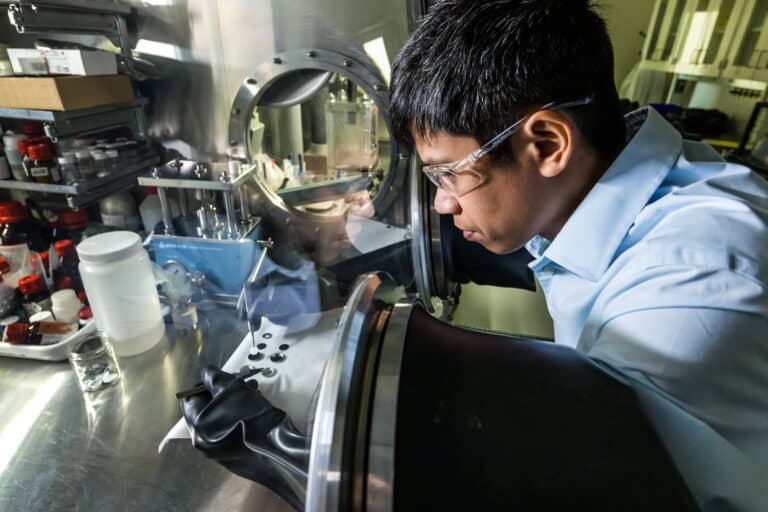In collaboration with research institute PNNL, Microsoft has found a new material for use in batteries. For this, they used high-performance computing and artificial intelligence. It is expected that the use of lithium in batteries can be reduced by 70 per cent.
Finding new materials for batteries is receiving attention from scientists because of several lithium issues. First, the material lithium is scarce. In turn, the demand for lithium-ion batteries is high. With further robust demand for smartphones, medical devices, electric vehicles and satellites, this scarcity will remain an obstacle in the coming years. It makes lithium an expensive raw material.
On the other hand, there are also geopolitical and sustainability drawbacks to extracting lithium. Finally, with traditional lithium-ion batteries, there is the risk of them catching fire or exploding.
Conducting research
Microsoft and US-based PNNL set out to find a solution, deploying artificial intelligence and HPC tools in the Azure Quantum Elements service. This was necessary because they needed to research 32 million inorganic materials. That number had to be reduced to 18 promising options for making batteries. “Most importantly, this work breaks ground for a new way of speeding up solutions for urgent sustainability, pharmaceutical and other challenges while giving a glimpse of the advances that will become possible with quantum computing,” Microsoft explained.
Battery development research is very labour-intensive. Moreover, researchers mostly share success stories rather than their experiences around failures, which prevents them from simply learning from each other. Technological advances now make it possible to conduct research much faster with the material available.
In this way, Microsoft and PNNL have discovered a new development that may reduce the use of lithium by 70 per cent. “The newly discovered material PNNL scientists are currently testing uses both lithium and sodium, as well as some other elements, thus reducing the lithium content considerably,” Microsoft said. The research is still in its early stages, but they already feel confident enough to communicate the potential 70 percent reduction claim. However, PNNL does keep a guard up: “the exact chemistry is subject to optimization and might not work out when tested at larger scale.”
The research explicitly focuses on finding new materials, with an eye toward sustainability and addressing scarcity. PNNL does not rule out additional discoveries around batteries. The research does not show whether a performance and capacity boost is possible, which would also be interesting for tech devices.
Tip: With Fabric, Microsoft aims for biggest launch since SQL Server
